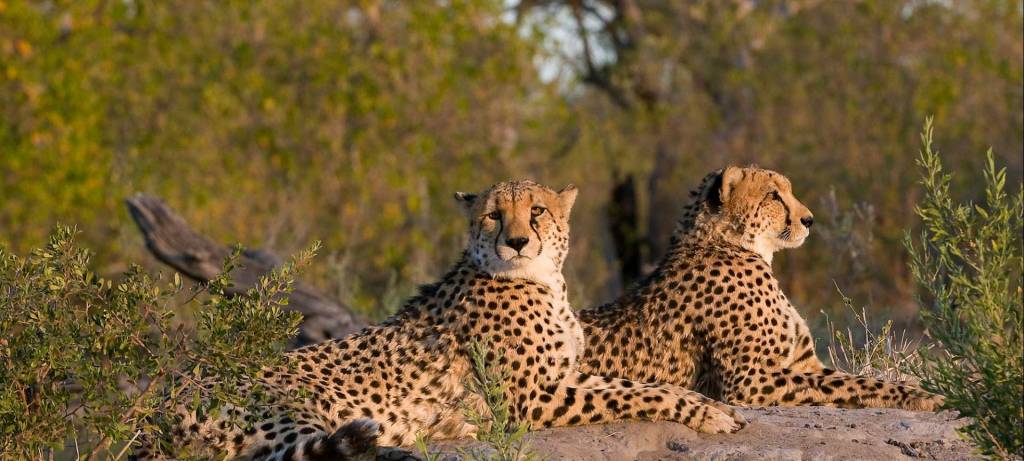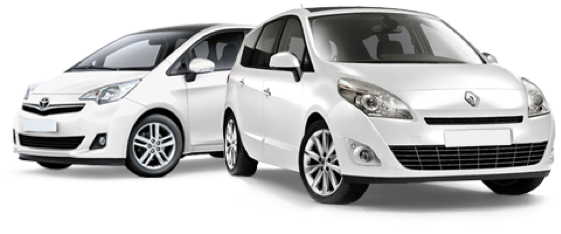A network of paved highways connects Botswana’s major towns, but most roads off these arteries aren’t suitable for regular cars. Sedans aren’t allowed to enter most parks, all of which have sections that can’t be negotiated without a 4×4, or at the very least a sturdy, high-clearance vehicle. If it’s not deep sand, then it’s mud, and when the mud dries it gets rutted and very bumpy. For the most part, none of this is particularly challenging in a tough 4×4, but you won’t get far in Botswana without one.
Highlights
If a sedan is your only option then heading to Maun, Kasane and/or Tuli will be your best bet. The Tuli Block is a relatively small region of private camps and reserves in the southeast of Botswana. Most of the area is off-limits to self-drivers, but guided game drives can be booked at the camps and the main access roads can be driven in a sedan.
In the far north, Kasane is easily reached along the A33 highway. Once there, guided 4×4 drives operate along the Chobe River, which is especially worthwhile in the late afternoons when the elephants come to drink. Don’t leave Kasane without taking a Chobe River sunset cruise. You’ll get to see elephants, crocodiles and a host of other animals from the water.
Maun is known as the ‘gateway to the Okavango’ and there’s no shortage of operators waiting to take you into the delta. Day trips and multi-day excursions are available, or hire a light aircraft or helicopter for a few hours and see the incredible Okavango from the air.
Practical advice
The country’s paved highways are of varying quality, with long, well-surfaced sections that can deteriorate suddenly into potholes. Always drive cautiously, never at night, and keep a sharp eye out for animals at all times. In the wilder regions, you may see elephant and antelope on the road and stray cattle and donkeys are common near villages. Be especially careful of the donkeys. They like to stand in the middle of the road, refusing to budge, and you may be forced to detour around them. Botswana’s traffic police are active on the highways and radar trapping is used to enforce speed limits.















